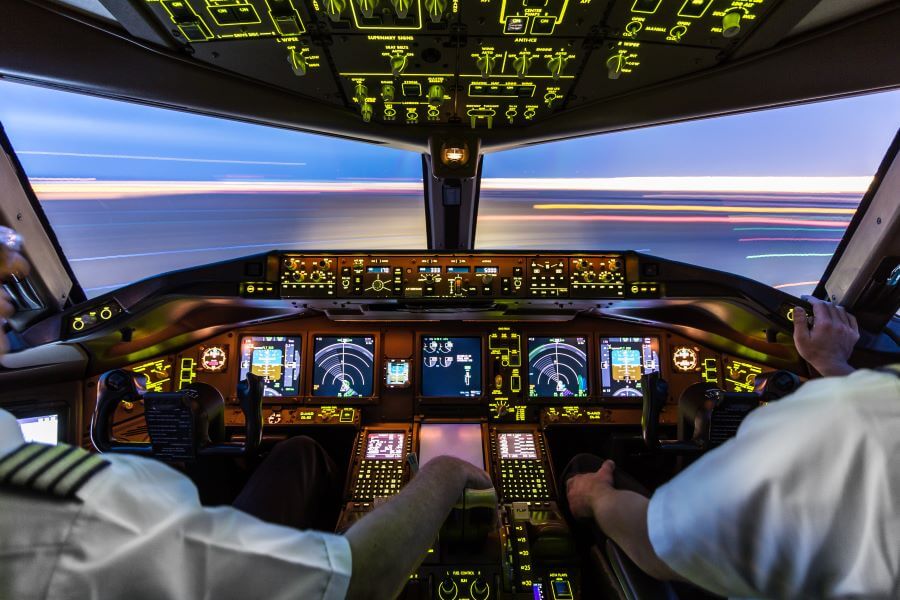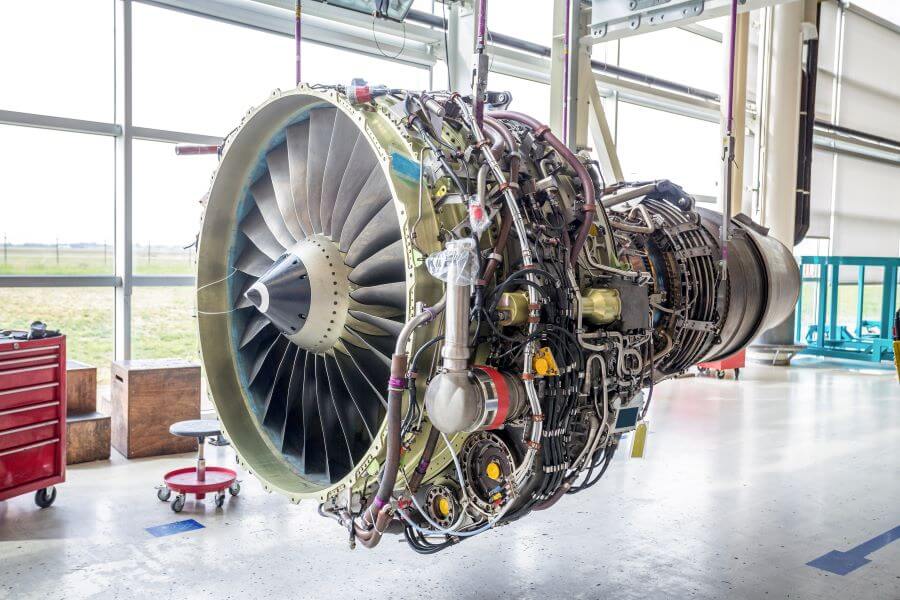Cables have a crucial role to play in aviation: they are critical to keeping flights safe and enabling pilots to stay in control of the aircraft. In e
Cables have a crucial role to play in aviation: they are critical to keeping flights safe and enabling pilots to stay in control of the aircraft. In essence, aircraft cables are responsible for sending commands from the pilots in the cockpit to the aircraft systems. Without cables, there would be no flight. Below, we have outlined the main types of aviation cables and what they are each used for inside an airplane.
Control Cables
Control cables are responsible for connecting the cockpit to important control surfaces such as ailerons, elevators, and rudders. They are crucial for enabling the pilot to operate the primary, secondary, and tertiary flight controls.
More specifically, the primary flight controls are responsible for stabilising the aircraft’s flight and for manoeuvrability. On the other hand, the secondary and tertiary flight controls are responsible for managing aircraft features such as the flaps to give the aircraft better lift, and the engine throttles in order to adjust the power.

The cockpit relies on cables for it’s many instruments
Push-Pull Cables
Push-pull cables get their name from having been built to move in both directions. This makes them a great option for use to control aviation systems such as landing gear and throttles and makes them a highly efficient and reliable option for use in aircrafts altogether.
The anatomy of a push-pull cable consists of a flexible inner cable within a protective outer sheath. Even under different loads and pressure, this anatomy allows for smooth movement of information within the cable.
Wire Rope Assemblies
Wire rope assemblies are particularly different to control cables. The latter focuses on precision movements, whereas wire rope assemblies are very strong and are used in tasks with high tension as they are designed to withstand this, such as load-bearing tasks or heavy lifting.
When aviation engineers are deciding whether to use control cables or wire rope assemblies for a specific purpose, they will take into account the load needs, flexibility requirements, and environmental conditions associated with the job and choose accordingly.
Aircraft Cable Coatings
Cable coatings are very effective at improving the durability of aircraft cables. Cable coatings are primarily associated with PCV-coated cables and nylon-coated cables. The coating enables these cables to resist abrasion and wear from the harsh environments they are exposed to and provides insulation against any potentially dangerous electrical interference.
The cables’ exposure to corrosive elements or to extreme temperatures will determine what cable coating is chosen.
Antenna Lines
Antenna lines are used in radio and other communications systems to enable the pilots to communicate with ground control, and for ground control to track the flight course of a given flight. These communications depend on sensitive antennas which are often periscopic, telescopic, or in some other way retractable. Push-pull cables are usually associated with this process, too.
Special Purpose Cables
Occasionally, special purpose cables are needed for meeting particularly unique demands in aviation environments. These special purpose cables are typically high strength and extremely durable, specifically designed for critical applications requiring strong load support.
In harsh weathers, or for use in the army where standard aircraft cables may quickly degrade to unsafe levels, corrosion resistant special purpose cables will often be used.



















































































































COMMENTS